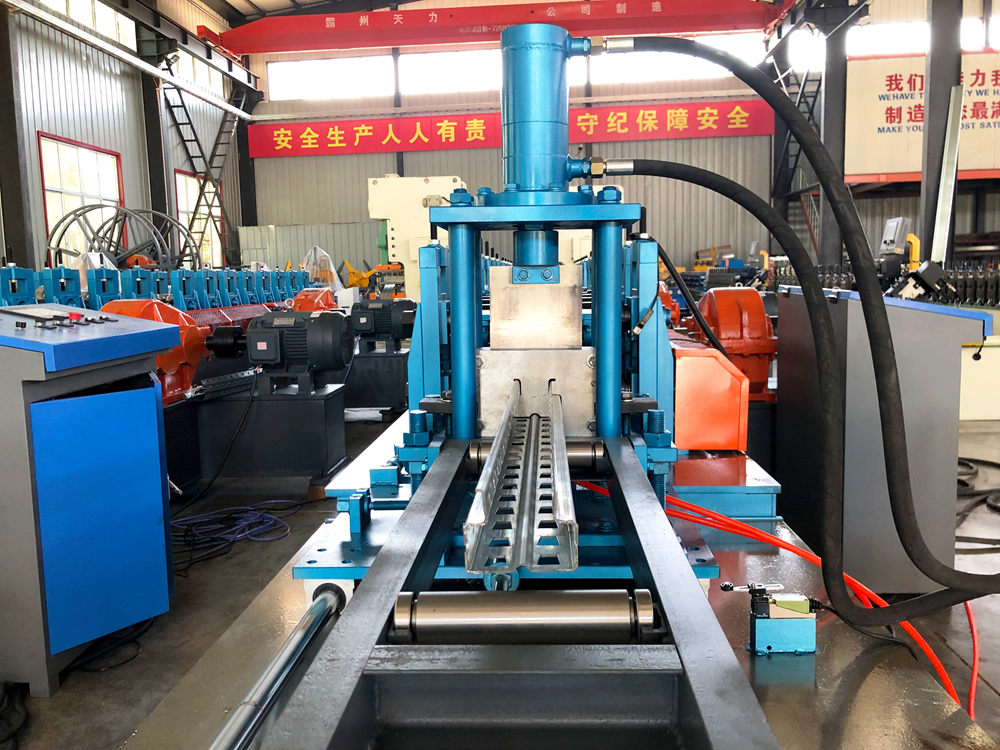
The Importance of Fence Panel Welding Machines in Modern Manufacturing
In recent years, the demand for efficient and durable fencing solutions has seen a remarkable rise across various sectors, from agriculture to commercial properties. As such, the need for robust manufacturing processes that can ensure the quality and durability of fence panels has become increasingly critical. One of the essential tools in achieving high-quality fence panels is the fence panel welding machine. This advanced machinery plays a pivotal role in the production of fence panels, streamlining the manufacturing process while ensuring durability and precision.
Understanding Fence Panel Welding Machines
Fence panel welding machines are specialized equipment designed to automatically fuse metal components together, typically using techniques such as resistance welding or TIG welding. These machines are capable of producing fence panels in a variety of materials, including steel, aluminum, and wrought iron, making them incredibly versatile in the manufacturing sector.
The primary function of a fence panel welding machine is to create strong, cohesive joints that enhance the structural integrity of the fencing product. This is crucial since the quality of the weld directly impacts the longevity and resilience of the final product. A poorly welded fence panel may suffer from weak spots, making it prone to damage and reducing its lifespan.
Advantages of Using Welding Machines
1. Enhanced Efficiency The automation provided by fence panel welding machines significantly reduces the time required for manufacturing. Instead of manual welding, which can be labor-intensive and time-consuming, machines can produce high-quality welds at a much faster rate. This increase in efficiency allows manufacturers to meet rising demand without compromising quality.

2. Consistency and Precision Welding machines offer unparalleled consistency in welding quality. Unlike manual welding, where factors like the welder's skill and technique come into play, machines are programmed to perform under specific parameters. This ensures that each weld produced is uniform, contributing to the overall reliability of the fence panels.
3. Cost-Effectiveness Although the initial investment in a welding machine may seem high, the long-term savings cannot be overlooked. The reduction in labor costs, coupled with lower material waste thanks to precise welding techniques, ultimately makes welding machines a cost-effective choice for manufacturers.
4. Improved Quality Control Modern welding machines come equipped with advanced technology that allows manufacturers to monitor and control the welding process in real-time. This capability not only improves the quality of the welds but also facilitates quick adjustments, should issues arise during production.
Applications Beyond Fencing
While fence panel welding machines are primarily associated with fencing production, their applications extend beyond this realm. Industries such as construction, automotive, and even aerospace leverage similar welding technologies for various metal fabrication needs. This versatility showcases the critical role that welding machines play in modern manufacturing environments.
Conclusion
The advancement of fence panel welding machines has revolutionized the way fence panels are manufactured. With their ability to enhance efficiency, ensure precision, and contribute to cost savings, these machines are indispensable for manufacturers aiming to produce high-quality fencing solutions. As industries continue to evolve, the ongoing innovations in welding technology will likely lead to even greater enhancements in productivity and product quality, solidifying the fence panel welding machine's position as a cornerstone of modern manufacturing. Embracing this technology not only benefits manufacturers but also ensures that consumers receive durable and reliable fencing products that stand the test of time.